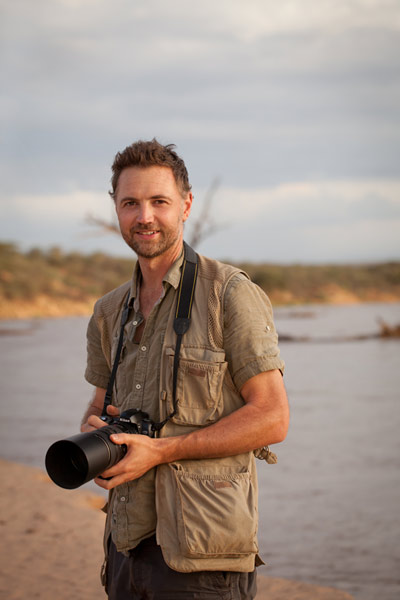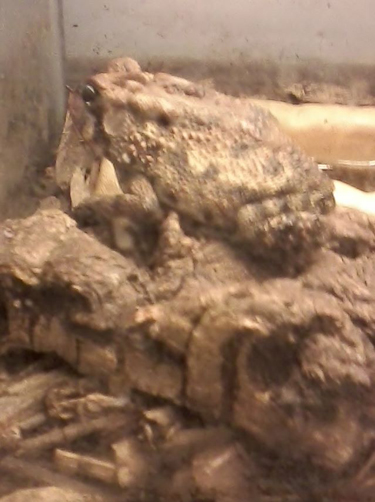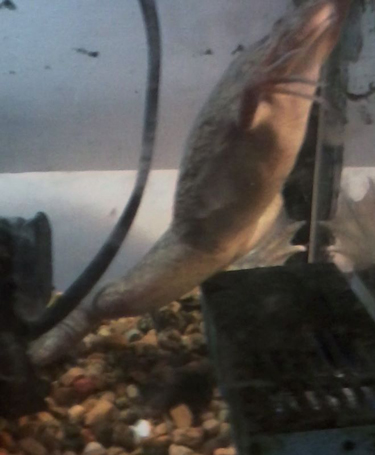Building Reach, Near and Far
We know that if we build a web presence with the right SEO (search engine optimization) over time we will reach those who are searching for what we are offering.
But what if your target audience isn’t looking for what you’re doing? How can we reach them?
This is the 5th year of the Frogs Are Green Kids Art Contest, so naturally those who have entered in the past are aware and may enter again. In addition, some parents and kids in countries around the world may be watching what other countries are doing and then get into the action as well. In the past 5 years we have received thousands of entries from more than 27 countries! When people are looking for something specific on the web and the right SEO is in place, those pages are found.
For example, Hong Kong has entered many beautiful artworks over the past few years, but this year in addition to the entries from China, we received entries from Japan, Malaysia and Indonesia. Last year we received some amazing art from Estonia, and this year from England, Ireland, Denmark, and Romania. Information can spread to new areas when we consistently push it out there and when the public is actively looking for it and then shares it, pushing it even further.
But the question today is how do we reach the ones nearby?
The answer is by introducing people to real-time situations where they are learning new things. If we want children who live in urban areas to understand nature and why saving frogs is important, we need to bring them to the source, yes bring them to nature. How can we expect children who live in urban environments to care about wildlife when it is somewhat foreign to them? This is why many classrooms today have class pets. So children can be directly involved in the health and well-being of those animals. But there is nothing better than showing them the animals’ true habitat.
Last Spring, Frogs Are Green made a presentation to 60 first-graders at the Learning Community Charter School in Jersey City, showing them both frog art from around the world and a slideshow of some of the most unusual frogs. They learn about frogs and amphibians as part of their school curriculum and they already knew quite a bit and were very enthusiastic about the topic.
During 2014 we developed a new six-week curriculum, “Frogs, Amphibians and their Threatened Environment – Discovery and Expression through Art” which is available for download, under the education tab on our website.
During the summer and early fall, we had set up tables at quite a few community fairs and events so children could stop by, sit down and draw frogs with the art supplies we laid out. Children love to create and don’t need that much encouragement once engaged. They just need the right guidance from teachers and parents. We also know that children love animals. Many have pets at home, but it’s not the same as seeing those animals in nature.
If we want children to care about nature, we must show it to them, through field trips and when they see the real thing it will lead them to care what happens in the future.
What’s cool is that even in urban areas there are parks, such as our own Liberty State Park. Imagine the fantastic discovery students might have by seeing everything from frogs to birds, and more if they just went there with an educator.
We see a sharing cycle of teachers educating children, who bring that information home and tell their parents, who then share that with other parents, who share it with their kids and on to community leaders.
The key is getting those sparks of information and creativity started in the right places and making sure the people you want to reach are receiving it.
by Susan Newman, founder











